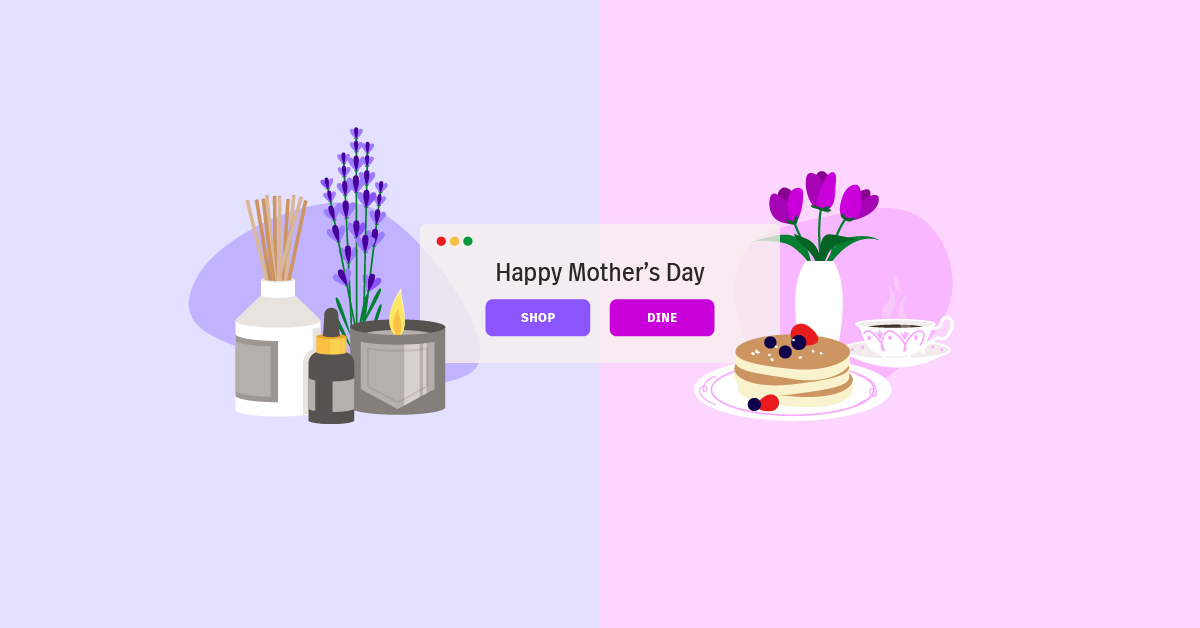
Restaurants spend between 25 and 40% of their revenue on inventory, making food cost the single largest operating expense foodservice businesses incur. Maintaining proper inventory levels is critical to running a successful restaurant. A par inventory sheet can help you ensure you always have a minimum amount of stock on hand at all times.
Unfamiliar with these useful spreadsheets? You’ve come to the right place. In this guide to par inventory sheets we’re explaining:
- What a par inventory sheet is
- How to create one
- How to use it in day-to-day operations
- Par inventory sheet template
- Alternatives to par inventory sheets
Use our streamlined tool to calculate your food costs so you can keep your margins on track and your business profitable.An easy way to calculate your food costs
What is a par inventory sheet?
Par inventory is a restaurant food inventory management method that involves having a minimum amount of inventory in your restaurant at all times, also known as a par. If you’ve ever played golf, you’re familiar with the term par, which denotes the number of strokes it should take to get the ball in the hole. To help you remember what par means in the restaurant industry, just swap the strokes for meats, produce, dairy and other foods and swap the hole for your fridge.
A par inventory sheet, therefore, is a spreadsheet that helps you set these minimums and figure out how much restaurant or bar inventory to order from your vendors. This spreadsheet can be maintained digitally or on paper. We’ll go into the pros and cons of both options later on.
How to create a par inventory sheet
Creating a par inventory sheet is simple once you understand what goes into each column. To create a par inventory sheet, you’ll need to make a table with the following six columns:
- Item: Place the name of the raw inventory item or food product you need to order here. It may be helpful to also note the volume of the item, especially if it comes in bulk.
- Example: 1 lb. bag of frozen French fries, raw broccoli, 2 liters of Tito’s vodka
- Par level: This is where you note the par, or minimum amount of this item that you want to have in stock every time you replenish your restaurant or bar inventory. This column can represent just a quantity or a weight or volume.
- Example: 100, 15 lbs., 100 liters
- Current inventory level: In this column, record how much of this item you currently have in stock.
- Emergency stock: Sometimes you want to have extra inventory, just in case. Consider buffering your par level with emergency stock when there are supply chain shortages or interruptions or for items that are difficult to come by. This column is optional.
- Special use par: If your restaurant hosts private events, does pop ups or offers catering, you may need to order extra stock for these occasions that you wouldn’t account for as part of your day-to-day par level. Use the special use par column to ensure you have the supplies you need for these special occasions.
- Order amount: By filling in the other columns on your par inventory sheet and doing some calculations (more on this later), you’ll end up with an order amount that determines how much of each item you need to order to maintain your par inventory level.
If this is confusing to you now, don’t panic. Keep reading for access to our free par inventory sheet template. But, first things first: we’re showing you how to put these numbers to action.
How to use a par inventory sheet in day-to-day operations
Use your par inventory sheet when it’s time to place a restaurant or bar inventory order. Here’s what you need to do:
- First, make sure you’ve listed every item in your inventory in the “item” column. You can arrange your inventory alphabetically, by vendor or by section of your menu or kitchen. Choose the setup that will save you the most time.
- Then, choose a par level for each item. The best way to do this is to use data through your restaurant or bar POS system reports. Look up how much inventory you go through each week then divide that by the number of inventory deliveries you receive each week. So, for example, if you go through 20 lbs. of broccoli each week and get two deliveries each week, you should order 10 lbs. of broccoli with each delivery.
- Next, you’ll need to determine your current inventory levels. You can find this by counting inventory manually or by referencing your POS reports. When you have these numbers, subtract them from the par level column. Let’s say your par for broccoli is 10 lbs. You currently have 3 lbs. of broccoli remaining. Subtract 3 lbs. from 10 lbs. and you’ll get 7 lbs. If you don’t need to maintain emergency stock or special use inventory, then this is how much you need to order to maintain your par level. If you plan on keeping supplies for emergencies and/or special events, keep reading.
- Now we’re going to fill out the emergency supply column. Use this to add buffer stock for products that are hard to come by or have volatile prices. For example, an avocado shortage has made this coveted guacamole ingredient difficult to obtain. If your restaurant relies on avocados, it’s a good idea to order extra to ensure you can meet customer demand. Once you’ve determined your emergency par, add this amount to the total from the other columns.
- If you host events at your restaurant, you’ll need to order inventory beyond that which you need for day-to-day use. After assessing which ingredients—and how much of each—you’ll need for special events based on reservations, RSVPs or ticket sales, add those figures to the “special use” column. Then, add this number to the total from the previous columns on your par inventory sheet. This number indicates how much of each item you need to order.
Here’s a quick overview of the formula for ordering restaurant or bar inventory with the help of your par inventory sheet:
Par Level – Current Inventory Level + Emergency Supply + Special Use Supply = Order Amount
And, here’s a refresher of how to determine par inventory levels:
Amount of Inventory Used Each Week / Number of Inventory Deliveries Per Week = Par Level
Now you’re ready to create your own par inventory sheet and put it to use to ensure you have the right level of stock at all times.
Par inventory sheet template
As promised, here’s a par inventory sheet template with all of the columns we described. We’ve even filled in a few sample rows to help guide you.
| Par Inventory Sheet | |||||
| Item | Par Level | – Current Inventory Level | + Emergency Supply | + Special Use Supply | = Order Amount |
| 1 lb. bag of frozen French fries | 100 bags | 22 | 0 | 15 | 93 bags |
| Raw broccoli | 15 lbs. | 5 | 5 | 0 | 15 lbs. |
| Tito’s vodka (2 liter bottle) | 100 bottles | 20 | 5 | 20 | 105 bottles |
Digital vs. manual par inventory sheets
Copy and paste our par inventory sheet, take a screenshot, or make your own on a piece of paper or with Excel or Google Sheets. Not sure whether to create a paper or digital inventory sheet? There are merits to both methods.
A digital par inventory sheet can be shared with your team more easily and can be updated by multiple team members at once, helping you split up inventory management duties at your independent restaurant, hotel restaurant or bar. However, your team will need to have the right equipment to make using a digital sheet worthwhile. Desktop computers are too cumbersome, while small smartphone screens make it tricky to update spreadsheets. A tablet is your best choice if you opt to track inventory digitally.
A paper par inventory sheet is easy to fill in once you create a template, but it can easily be misplaced and can’t be updated by multiple people at once.
Alternative to a par inventory sheet
While par inventory sheets are a good solution for restaurateurs, they’re not the most efficient tool for maintaining inventory levels. A point of sale (POS) system with inventory management features, like Lightspeed, automatically tracks your stock levels and lets you know how much you need to order, saving you from having to manually check stock and determine order amounts altogether.
With a cloud-based restaurant POS system that runs on iPads, you can ditch spreadsheets and know at any time, and from anywhere, how much restaurant or bar inventory you have left. With Lightspeed, you can reduce waste and control costs by ordering only what you need. You’ll be able to get granular by tracking every ingredient—and any price fluctuations—to calculate recipe costs and margins. Lightspeed also equips you with low stock alerts and can automate recurring orders with your vendors, saving you time and giving you peace of mind that you’ll always meet your par inventory levels.
Wrapping up: Everything you need to know about par inventory sheets
Par inventory sheets help restaurateurs ensure they have minimum levels of stock on hand to meet customer demand. These spreadsheets determine how much inventory operators need to order from vendors with each shipment.
A POS with inventory management features, like Lightspeed, is a more efficient alternative to using a par inventory sheet. Watch a demo to see it in action.

News you care about. Tips you can use.
Everything your business needs to grow, delivered straight to your inbox.



